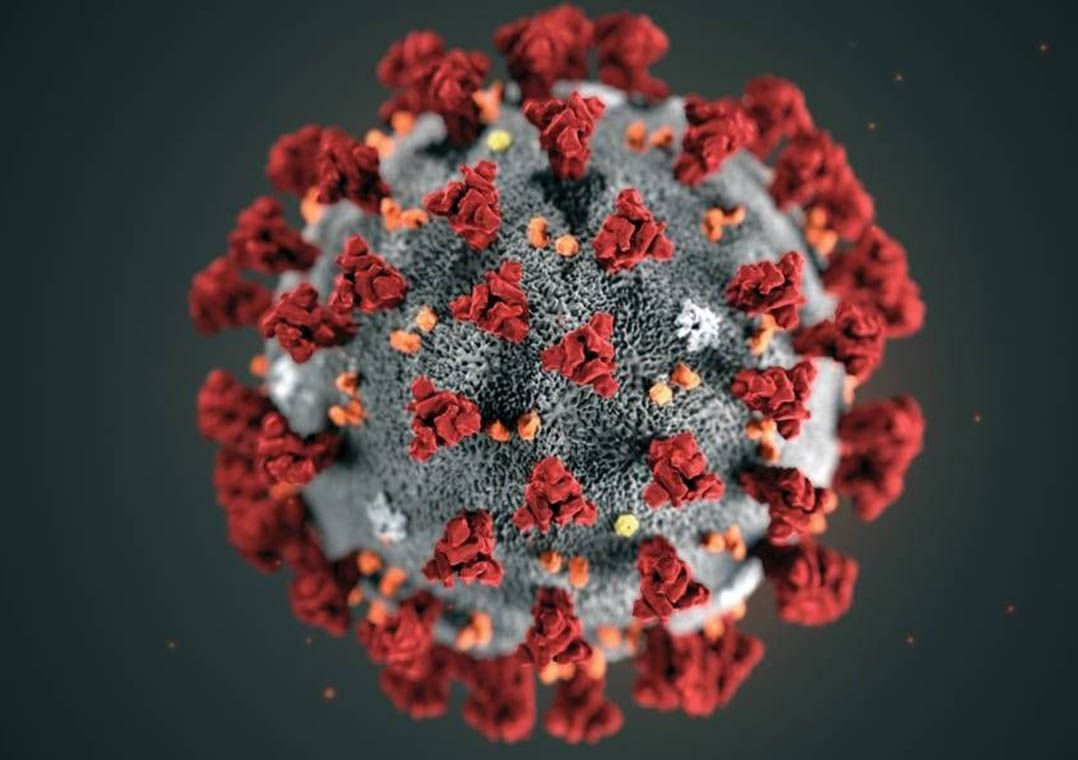
Commodities are grabbing an increasing share of exports across nationwide. In all regions, products related to agribusiness or the extractive industries ended the year dominating foreign sales. Soybeans have become the champion of shipments in ten states, crude oil or oil products are in the lead in three federative units and iron ore is now the main product exported in three others.
According to data from the Secretariat of Foreign Trade (Secex), the share of the manufacturing industry in Brazilian exports shrank to 51.3% in 2021 from 63% in 2010. This category also covers agribusiness products that undergo some type of industrial processing, such as meat, pulp and refined sugar.
Even São Paulo, Brazil’s most industrialized state, has its export basket led by commodities. Sugar ($5.6 billion last year) and crude oil ($4.3 billion) — whose production has soared in recent years because of the pre-salt layer — are the two goods most sold abroad. Embraer aircraft, the first purely industry item, came in third and contributed $2.3 billion.
In Paraná, passenger vehicle — which come at the front among manufactured goods outside agribusiness or extractive industry — are only the eighth most exported product. Also in eighth are shoes in the state of Rio Grande do Sul. Both states had soybeans as a prominent product in 2021.
For economist Paulo Gala, professor at the School of Economics at Fundação Getulio Vargas, the fact that the Brazilian map is now dominated by commodities allows for two thoughts. First: no state manages to have a sufficiently sophisticated exports agenda to have highly technological products — instead of grains, oil or minerals — as sales champions. Second: the Brazilian industry is predominantly focused on the domestic market and still lacks greater global competitiveness.
In his view, only a few micro-regions of the country — around cities like Campinas, Piracicaba (both in São Paulo), Caxias do Sul (Rio Grande do Sul) and Betim (Minas Gerais) — managed to transform themselves into “islands” of innovation and productivity, with leading industries. No wonder, he adds, they are among the municipalities with the highest per capita income.
“Only a few hubs have sophisticated export-oriented industries driving the local economy, but these hubs don’t come to dominate a entire state,” Mr. Gala said. “What brings jobs, income and reduced inequality is the production of complex goods. They require research and development, technology, patents. Embraer, WEG and Marcopolo are counterexamples of our incapacity for commercial insertion in the world,” he said.
According to the professor, not even the weakened real since the beginning of 2020 has been enough to avoid the loss of space of the industry in exports, compared to agribusiness and mineral extraction. “The weakened real helps price competitiveness, not quality competitiveness. The real exchange rate is at its lowest level in the last 20 years, but we need a much heavier science and technology policy and industrial stimulus,” he said.
The domination of commodities has intensified, said José Augusto de Castro, head of the Brazilian Foreign Trade Association (AEB). He estimates the deficit in manufactured products at $70 billion to $80 billion. On Monday, Secex unveiled a record balance of $61 billion in the balance of trade last year – obviously counting all kinds of products, not only those related to industry.
In his view, Brazil is now excessively dependent on three products (soy, oil and iron ore), which represent around 40% of total shipments, and on a single market (China) that buys 32% of our exports.
“In the 1980s, people complained a lot about the dependence on the United States, but the American market absorbed around 25% of Brazilian exports and there was more product diversification. At that time, eight of the ten main export items were manufactured goods. Now, the top 15 are commodities.”
In descending order, the 15 main products sold by Brazil last year were: iron ore, soybeans, crude oil, refined sugar, beef, soybean meal, fuel oils, chicken meat, pulp, semi-finished products or ingots of iron and steel, coffee, gold, corn, cotton and copper.
Therefore, Mr. Castro links the recent trade balance surpluses to the favorable price environment, not to the support of public policies. “The Brazil cost is still very high and the government has ended Reintegra [a program that reimburses companies for part of the taxes paid along the production chain], in addition to having reduced resources for financing exports, under Proex.”
Source: Valor international







